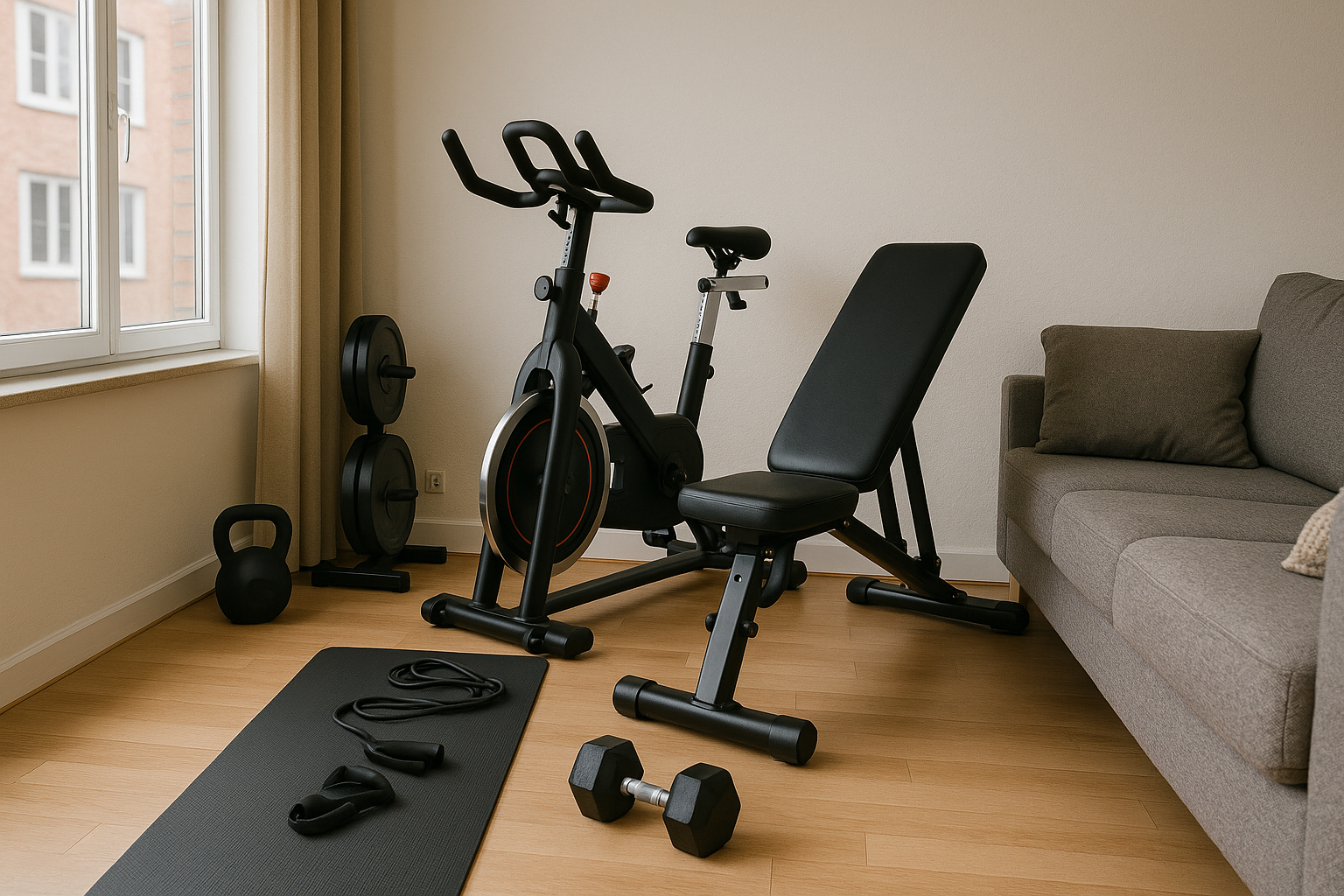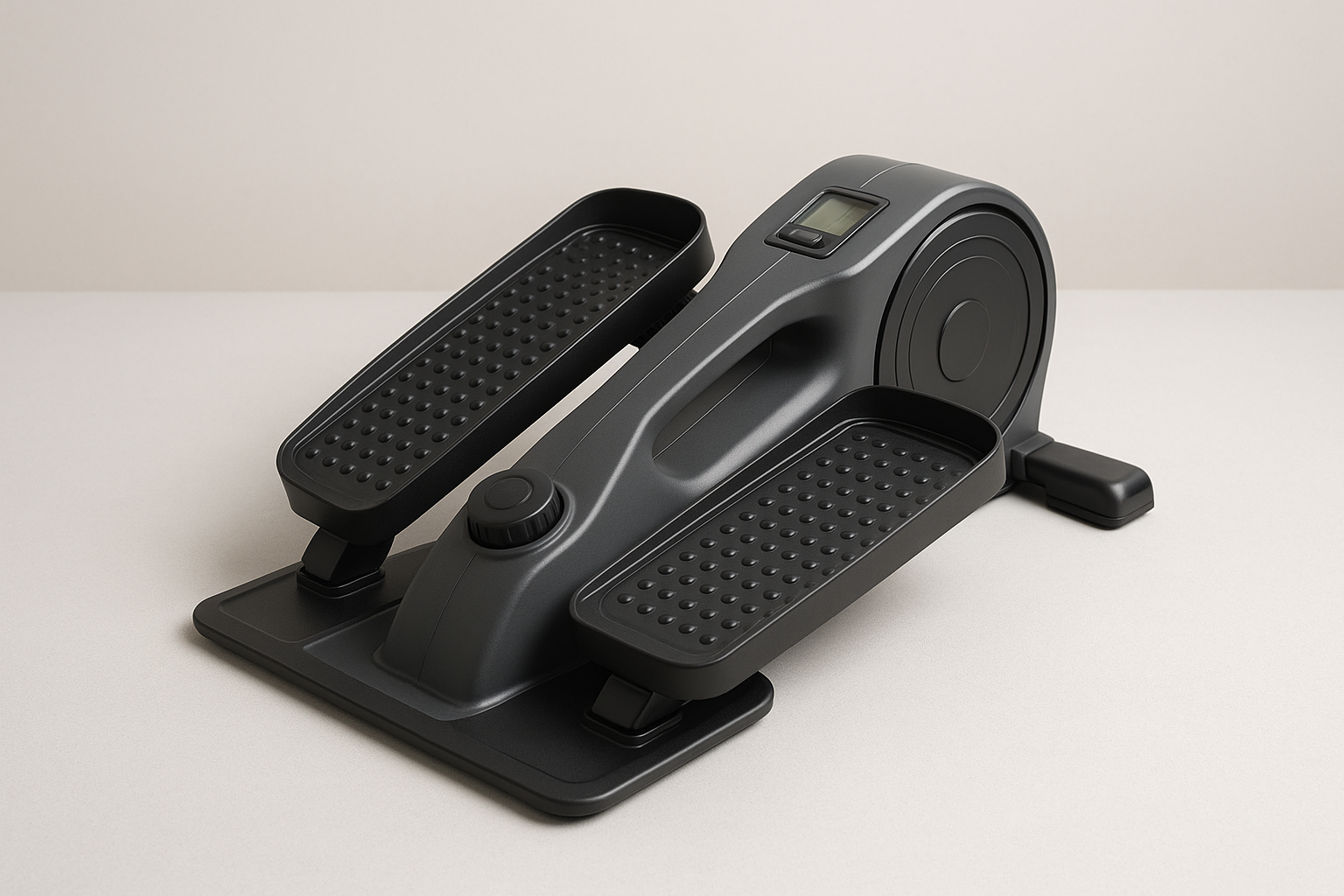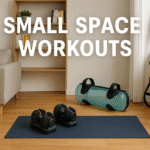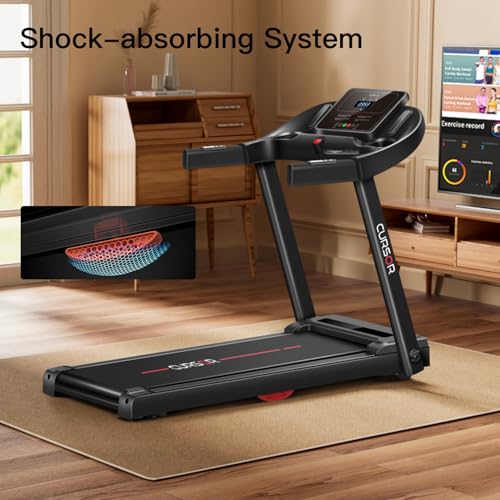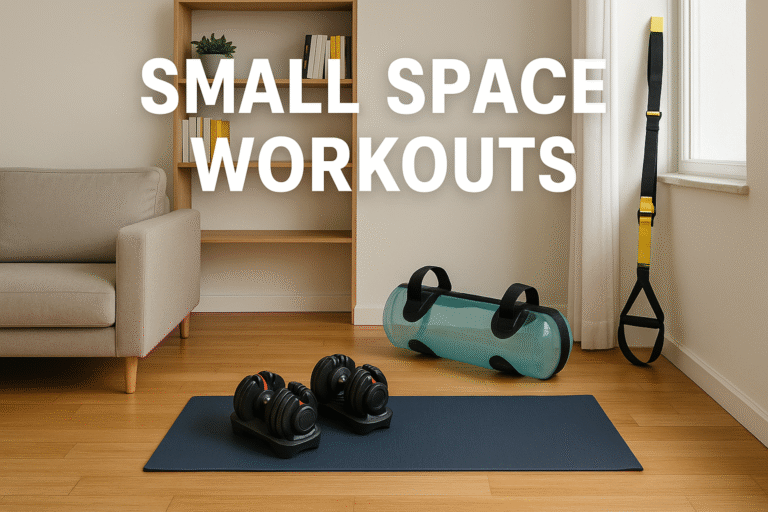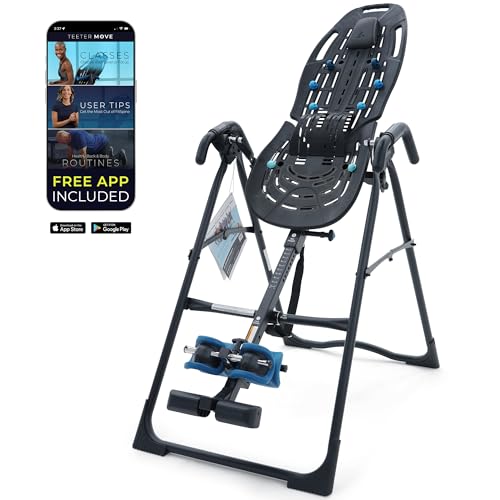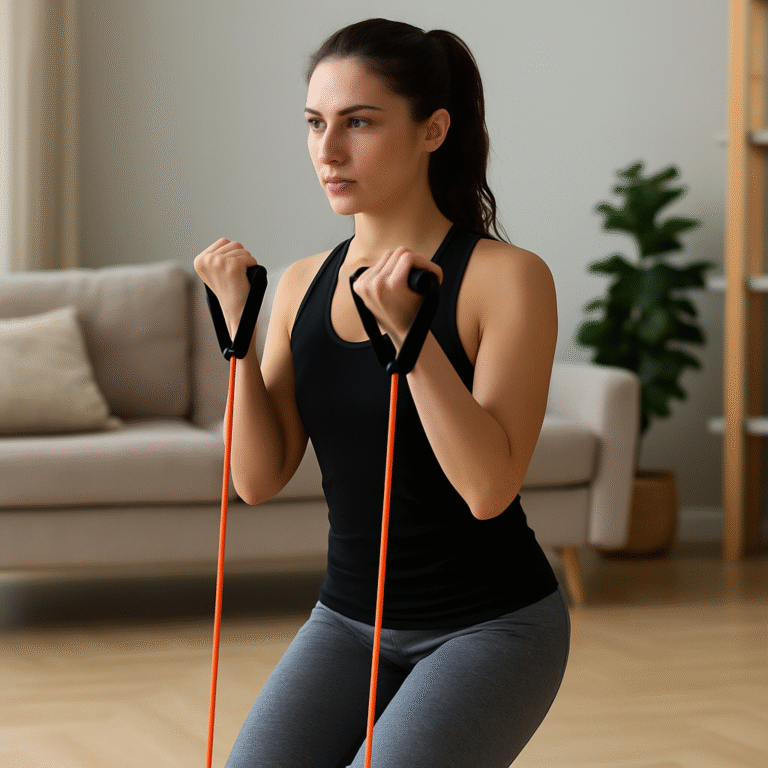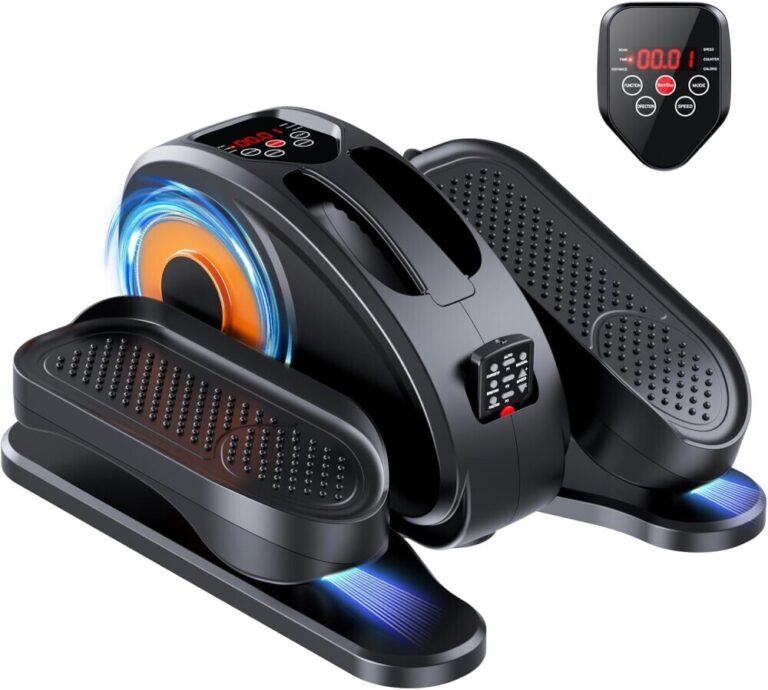Minimal Space Fitness
Staying fit doesn’t need a fancy gym or a huge living room. Minimal space fitness uses tight spaces and simple gear to help anyone reach their fitness goals, making fitness easy to access and stick with, no matter where you are.
Minimal Space Fitness: Getting Strong Anywhere
Working out at home can be tricky for busy people, apartment dwellers, or anyone with limited space. Minimal-space fitness takes away a lot of that stress. By focusing on what’s practical, like bodyweight exercises and clever use of small gear, it’s easy to keep up with exercise almost anywhere. All you need is creativity and basic moves to keep things fresh and effective.
Unlike big box gyms or at-home setups filled with machines, minimal-space fitness works with whatever you’ve got. You can reach your goals without having to clutter your home. The best part is that you get to set your pace and use your space in ways that fit your daily routine.
Types of Exercises That Don’t Need Much Room
Bodyweight exercises are my go-to for small areas. I’m talking about moves like pushups, squats, lunges, planks, and mountain climbers. You can do these without any equipment, and there are so many variations that you never get bored. Yoga and Pilates are also great fits for tight spaces—a simple mat is usually all you need to get started.
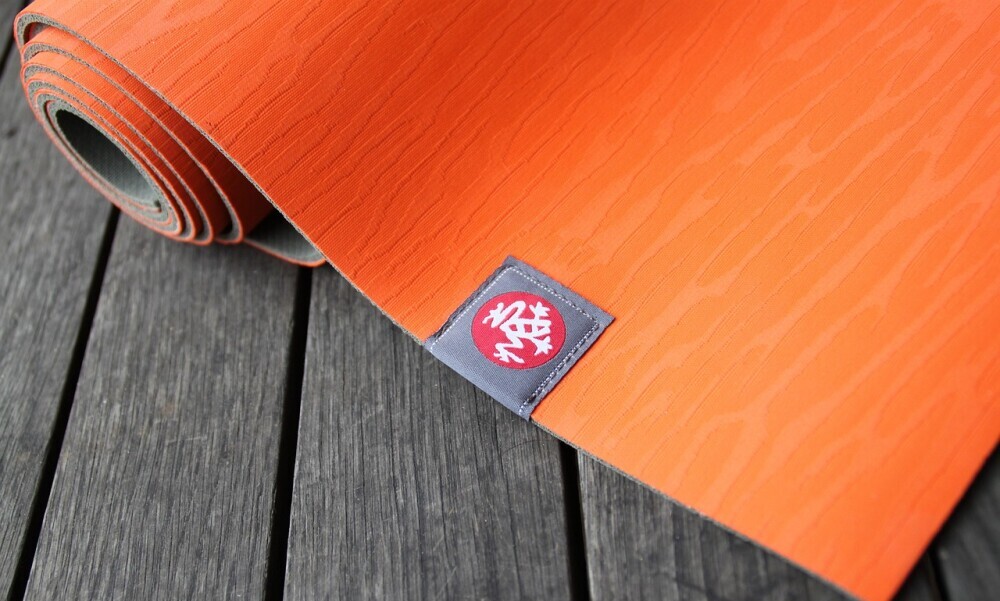
Jumping jacks, high knees, and marching in place are easy ways to add cardio while keeping your heart rate up quickly. Wall sits, bridges, and chair dips add strength without needing big weights. I love bicycle crunches and leg raises for core workouts because they don’t take up much room.
How To Do Bicycle Crunches
Even stretching routines and light mobility sessions can fit into minimal space setups. This helps prevent soreness and keeps your body limber, especially if you find yourself sitting most of the day.
Compact Gear That’s Actually Useful
When you want something extra, compact equipment can give your workouts a boost. Adjustable dumbbells don’t hog space while letting you try a wider range of moves. Resistance bands are easy to store and work for plenty of upper and lower body exercises. Foldable exercise mats, portable step platforms, and even mini rowing machines can add some variety without crowding your room.
Other popular additions include kettlebells, jump ropes, and stability balls. If storage is an issue, look for stackable gear or anything collapsible. It helps keep your workout area neat and inspires you to use it more often.
Setting Up a Tiny Workout Area
Turning a small area into a solid workout zone is easy with the right mindset and a few smart tips. I usually tuck my workout mat in a corner, use nearby furniture like chairs or walls for support, and stash my bands and dumbbells in a basket for easy access. Multiuse areas can double as your home gym—a living room or bedroom corner works well.
Small spaces can work in your favor if you use every bit. Walls are great for wall sits or incline pushups. A sturdy chair quickly turns into a workout bench or base for step-ups. If storage is an issue, stackable or foldable equipment keeps things neat and out of the way.
Routine Ideas for Minimal Space Fitness
Simple routines like circuit training or the 7Minute Workout rotate exercises quickly. Here’s an easy high-impact sample I like to use myself:
- 20 bodyweight squats
- 15 pushups
- 20 alternating lunges
- 30 seconds plank
- 20 mountain climbers
Repeat this circuit two or three times, and you have a full routine—all in a 6×6 foot patch of space. You can always switch up the order or the exercises to fit your mood or target specific muscle groups.
Key Tips for Working Out in Small Spaces
- Start slow; it’s totally normal to build up intensity over time.
- Focus on keeping good form, especially without mirrors to double-check yourself.
- Get creative with household items—books for weights and towels as sliders work surprisingly well.
- Don’t hesitate to mix things up. A little variety keeps workouts more fun and challenging.
- Pay attention to your body, and don’t be afraid to rest whenever you need a breather.
Trying new routines keeps things interesting. If you crave community support, try online classes designed for small spaces or join virtual fitness challenges. These options help bring a sense of accountability and fun, often requiring nothing more than what you have at home.

